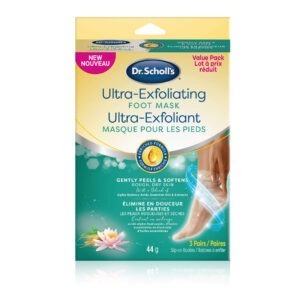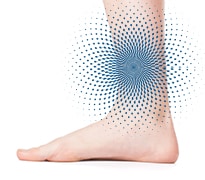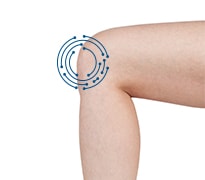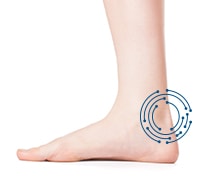THE FACTS ON SHIN SPLINTS:
WHAT ARE SHIN SPLINTS?
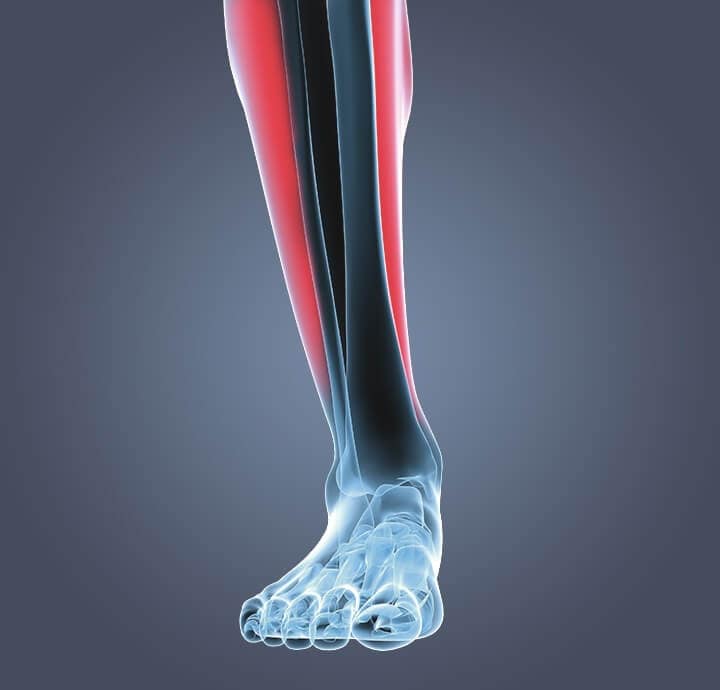
If you are experiencing pain or tenderness in the lower shin area, you may have shin splints. Also known as medial tibial stress syndrome, shin splints don’t actually occur in the shin bone, but in the connective tissues of the muscles around the shins.
The pain is more prominent during physical activity, but may linger afterwards as the condition gets worse.
SHOP PRODUCTS FOR SHIN SPLINTS
High-impact activity, like running, is the most common cause of shin splints, but the condition isn’t limited to sprinters.
Anyone who suddenly increases mileage, switches workout surfaces (like going from mats to hard surfaces), or is beginning a new routing may experience shin splints.
Other common causes are military training, having either flat feet or higher-than-normal arches, and even working out longer than usual.
SHOP PRODUCTS FOR SHIN SPLINTS
PREVENTING & MANAGING SHIN SPLINTS
If you are experiencing pain in the lower part of your leg near your shin, it is important to first seek medical advice for an accurate diagnosis and to get a treatment plan that is right for you. You may learn from your doctor that you have shin splints.
For most shin splint sufferers, the good news is that you can achieve shin splint pain relief – and you might even be able to prevent shin splints with some simple steps on your own:
- Add orthotic inserts or insoles designed to help support your arches and absorb the shock of high-impact exercise
- Reduce your exercising until the condition improves, then ease back into your full routine.
- Stretch your calves and Achilles tendons regularly.
- Don’t overload your shins with too much running or high-impact activity at too high an intensity.
- Strengthen and stabilize your legs, ankles, hips and core with light weight training.
- Remember RICE:
- Rest – give your legs a break and time to heal, either by reducing your activity or avoiding movement altogether for a time
Ice – keep an ice pack on for 20 minutes at a time every 3 or 4 hours for up to 2 days until the pain is gone
Compression – wrap your shins for extra support and to help them warm up while active
Elevation – prop up your legs on a pillow while you’re resting to further lighten the load
- Rest – give your legs a break and time to heal, either by reducing your activity or avoiding movement altogether for a time
Not a medical diagnosis. For information purposes only. If you have diabetes, poor blood circulation, or fragile skin, or symptoms are severe or persist, consult your podiatrist or physician before using products.

